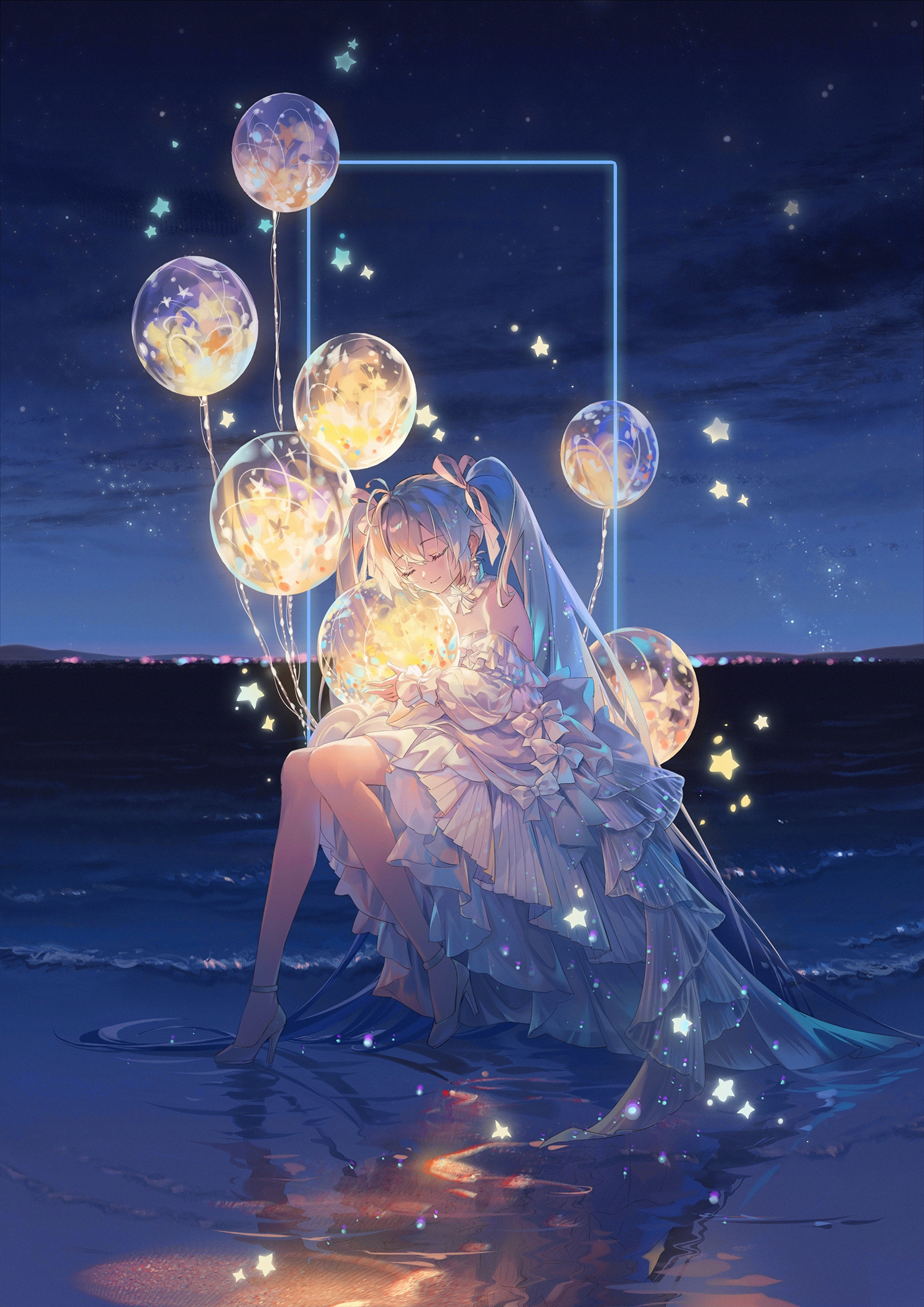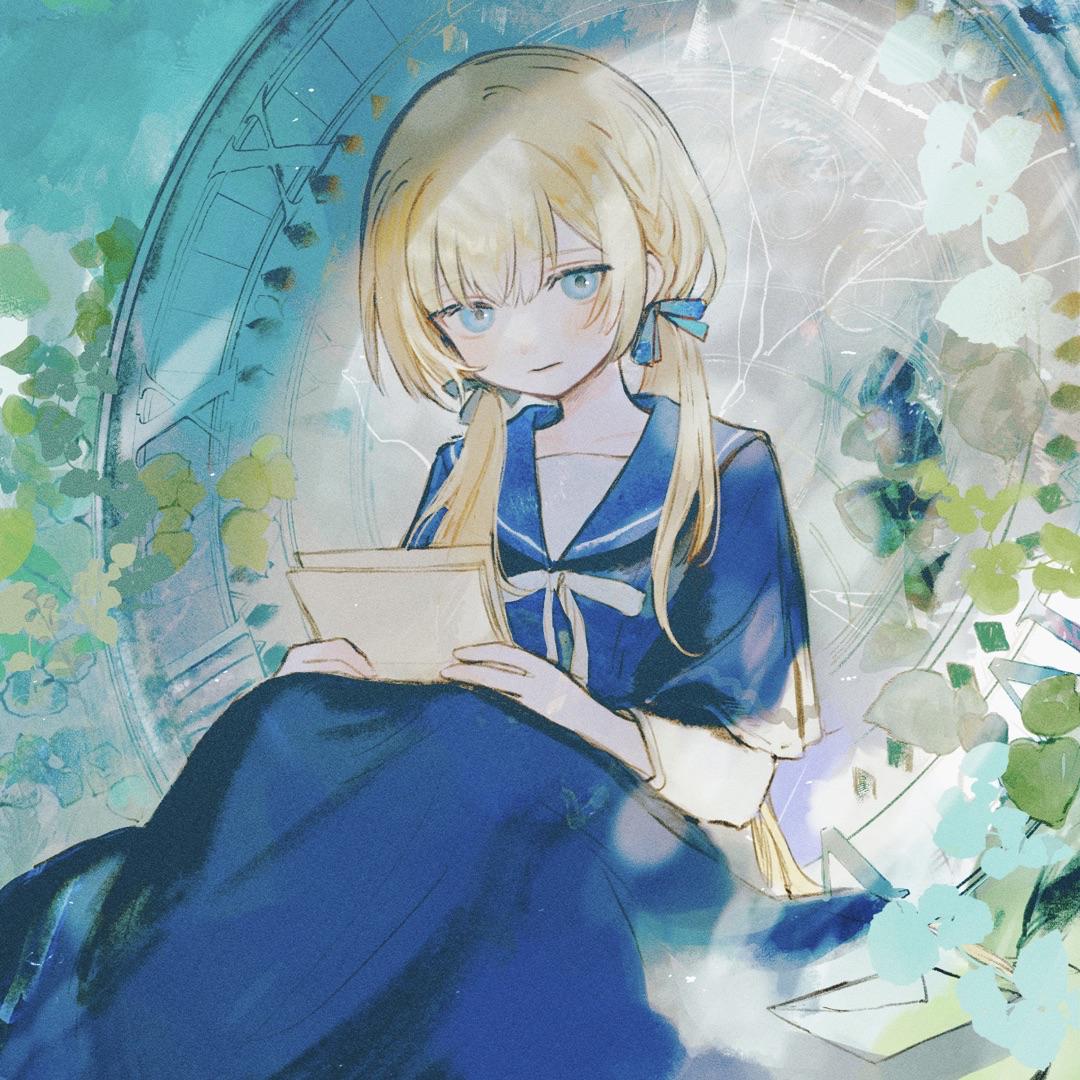在 Unity 中实现 GIF 动态功能
引言
- 工具链接在文章末尾。
- Unity 本身是不支持 GIF 图的直接播放的,不过有多种方法可以间接实现:
- 通过
.net的Drawing库来实现 GIF 图片解析,不过只能在 windows 平台使用。 - 使用
AE等动画软件先将 GIF 转成序列帧,然后再在 Unity 中作为动画调用。 - 在脚本中手动解码 GIF 文件,然后将 GIF 的帧信息缓存在数组中,进行轮播。
- 通过
- 本文主要介绍第三种方法。目的是将 GIF 图变为和普通图片一样, 可以导入到Unity中, 并挂载在脚本中运行。具体分为三个步骤, 导入、解码和播放。
导入 GIF 图
- Unity默认会将
.gif文件导入成TextureAsset,这显然不是我们需要的,解码 GIF 图需要文件的所有二进制信息,因此此处需要自定义一种 Asset ,代码如下。
1 | using UnityEngine; |
- 然后在导入 GIF 图的时候,把GIF图的数据存入
gifData里的二进制数组中。麻烦的是, Unity 虽然不支持 GIF 图,但是会识别.gif文件。此处我的做法是给 GIF 图增加一个后缀.bytes。bytes文件默认会导入成文本资产(TextAsset)。通过textAsset.bytes就可以轻松获取到 GIF 图的二进制数据。具体代码如下。
1 | using System.IO; |
- 上述代码的作用是后处理的过程中,识别出所有的
.gif.bytes文件,创建一个GifData资产,并且删掉原有的文本资产。此时,第一步导入 GIF 图已经完成。
获取 GIF 数据(以源码为标准,文章中的代码仅供参考,不保证正确性(其实是懒得改))
- GIF 的文件结构
- GIF 格式的文件结构整体上分为三部分:文件头、GIF 数据流、文件结尾。其中,GIF 数据流分为全局配置和图像块。
- GIF 使用大端存储字节
GIF署名(Signature)和版本号(Version)
- GIF 的前 6 个字节内容是 GIF 的署名和版本号。我们可以通过前 3 个字节判断文件是否为 GIF 格式,后 3 个字节判断 GIF 格式的版本。
1 | /// <summary> |
逻辑屏幕标识符(Logical Screen Descriptor)
- 逻辑屏幕标识符配置了 GIF 一些全局属性,我们通过读取解析它,获取 GIF 全局的一些配置。
- 屏幕逻辑宽度:定义了 GIF 图像的像素宽度,大小为 2 字节(第一个字节是
基数,第二个字节是倍数,宽度 = 基数 + 256 * 倍数); - 屏幕逻辑高度:定义了 GIF 图像的像素高度,大小为 2 字节(同上);
- 接下来是一个压缩字节:
- 第一个
Bit为标志位,表示全局颜色列表是否存在。 - 接下来三个
Bit表示图像调色板中每个颜色的原色所占用的Bit数,011表示占用4个Bit,111占用8个Bit(三个Bit的二进制数值 +1),以此类推。调色板最多只包含256个颜色(实际有很多优化方案能提高颜色分辨率,如加入局部调色板)。 - 第五个
Bit为标志位,表示颜色列表排序方式。若为1,表示颜色列表是按照颜色在图像中出现的频率降序排列。 - 随后三个
Bit表示全局颜色列表的大小,计算方法是2 ^ (N + 1),其中N为这三个Bit的二进制数值。
- 第一个
- 背景颜色:背景颜色在全局颜色列表中的索引(PS:是索引而不是
RGB值,所以如果没有全局颜色列表时,该值没有意义); - 像素宽高比:全局像素的宽度与高度的比值。大多数时候这个值都是
0,若值为N, 则图像的宽高比 = (N + 15)/ 64。
1 | /// <summary> |
- 颜色深度和颜色列表排序方式,这两者在实际中使用较少。此外
pixelAspectRatio也只是读取,后续的解析中并没有使用到。
全局颜色列表(Global Color Table)
- 全局颜色列表,在逻辑屏幕标识之后,每个颜色索引由三字节组成,按
RGB顺序排列(例如:全局颜色列表的大小是16,每个颜色占3个字节,按照RGB排列,所以它占有48个字节)。
- 整个 GIF 在每一帧的画面数组时,是不会出现
RGB值的,画面中所有像素的RGB值,都是通过从全局 / 局部颜色列表中取得。可以让颜色列表理解为调色板。我需要什么RGB,我不直接写,而是写我想要RGB对应颜色列表的索引。这样做的好处,比如我想对GIF进行调色,如果我每一帧画面直接使用了RGB,那我每一帧都需要进行图像处理。有了调色盘,我只需要对调色板进行处理,每帧画面都会改变。 全局彩色表 (Global Color Table)存在与否由逻辑屏幕描述块 (LogicalScreen Descriptor)中字节5的全局彩色表标志 (GlobalColor Table Flag )的值确定。
1 | /// <summary> |
- 至此,GIF 文件的全局配置就完成了,接下来是每一帧的配置 or 数据。
图像块(Image Block)
- 一个GIF文件中可以有多个图像块,每个图像块都有图像标识符(Image Descriptor),描述了当前帧的一些属性。
- 图像标识符以
','(0x2c)作为开始标志。接着定义了当前帧的偏移量和宽高。 - 最后5个标志的意义分别为:
m- 局部颜色列表标志(Local Color Table Flag):若为1,表示有一个局部彩色表(Local Color Table)将紧跟在这个图像描述块(ImageDescriptor)之后;若为0,表示图像描述块(Image Descriptor)后面没有局部彩色表(Local Color Table),该图像要使用全局彩色表(GlobalColor Table),忽略pixel值。i- 交插显示标志(Interlace Flag):若为0,表示该图像不是交插图像;若为1表示该图像是交插图像。使用该位标志可知道图像数据是如何存放的。s- 局部颜色排序标志:与全局彩色表(GlobalColor Table)中(Sort Flag)域的含义相同。r- 保留(未被使用,必须初始化为0)。pixel- 局部颜色列表大小:用来计算局部彩色表(Global Color Table)中包含的字节数。
- 交插显示标志将在图片的解码时单独解释。
基于颜色列表的图像数据
- 基于颜色列表的图像数据必须紧跟在图像标识符后面。数据的第一个字节表示
LZW编码初始表大小的位数。图像数据(Image Data)由数据子块(Data Sub-blocks)序列组成。
- 数据块的结构:
- 每个数据块,第一个字节表示当前块的大小,这个大小不包括第一个字节。这是一个可变长度的数据块,字节数在
0 ~ 255之间。
1 | /// <summary> |
图形控制扩展(Graphic Control Extension)
- 在
89a版本,GIF 添加了图形控制扩展块。放在一个图像块(图像标识符)的前面,用来控制紧跟在它后面的第一个图像的显示。
- 对于上图中的第四个字节的八位:
- 前三位(7~5):保留(未使用)。
- 中间三位(4~2)处置方法(Disposal Method):指出处置图形的方法,当值为:
0- 不使用处置方法。1- 不处置图形,把图形从当前位置移去。2- 恢复到背景色。3- 恢复到先前状态。4 ~ 7- 保留(未使用 / 未定义)
- 倒数第二位(1)- 自定义用户输入标志(User Input Flag):指出是否期待用户有输入之后才继续进行下去,值为真表示期待,值为否表示不期待。用户输入可以是按回车键、鼠标点击等,可以和延迟时间一起使用。在设置的延迟时间内用户有输入则马上继续进行,没有输入则等待延迟时间结束再继续。利用延迟时间,我们可以展示出速度不均匀的 GIF 。
- 倒数第一位(0)透明颜色标志(Transparent Color Flag):值为真表示使用透明颜色。解码器会通过透明色索引在颜色列表中找到改颜色,标记为透明,当渲染图像时,标记为透明色的颜色将不会绘制,显示下面的背景。
1 | /// <summary> |
注释扩展块(Comment Extension)
- 注释扩展块的内容用来说明图形、作者或者其他任何非图形数据和控制信息的文本信息。结构如下图,其中的注释数据是序列数据子块(Data Sub-blocks),每块最多 255 个字节,最少 1 个字节。
1 | /// <summary> |
无格式文本扩展块(PlainText Extension)(图像说明扩充块)
- 无格式文本扩展块(PlainText Extension)包含
文本数据和描绘文本所须的参数。文本数据用7位的 ASCII 字符编码并以图形形式显示。扩展块的结构如下图。
BlockSize用来指定该图像扩充块的长度,其取值固定为13。Text Grid Left Position用来指定文字显示方格相对于逻辑屏幕左上角的X坐标(以像素为单位)。Text Grid Top Position用来指定文字显示方格相对于逻辑屏幕左上角的Y坐标。Text Grid Width用来指定文字显示方格的宽度。Text Grid Height用来指定文字显示方格的高度。Character Cell Width用来指定字符的宽度。Character Cell Height用来指定字符的高度。Text Foreground Color Index用来指定字符的前景色。Text Background Color Index用来指定字符的背景色。
1 | /// <summary> |
应用扩展块(Application Extension)
- 应用扩展块(ApplicationExtension)包含制作该图像文件的应用程序的相关信息,它的结构如下图
Block Size用来指定该应用程序扩充块的长度,其取值固定为12。Identifier用来指定应用程序名称。Authentication用来指定应用程序的识别码。
1 | /// <summary> |
结束块(GIF Trailer)
- 结束块(GIF Trailer)表示 GIF 文件的结尾,它包含一个固定的数值:
0x3B。
1 | /// <summary> |
GIF 解码
- 待补充(内容有点多,想偷懒)
播放 GIF
- 根据 GIF 状态、循环次数循环赋值纹理即可
1 | /// <summary> |
后记
- 其余代码几乎均为业务逻辑代码,可自行观看源码,不难理解就不赘述了
- 以下是该工具未来可能会优化的部分:
- 使用对象池对纹理进行复用
- 批处理多个协程 GIF 的播放(渲染合批)
- 以下是该工具未来可能会添加的功能:
- 在线获取 GIF 并播放
- 附该工具的 GitHub 地址:UnityGif
本博客所有文章除特别声明外,均采用 CC BY-NC-SA 4.0 许可协议。转载请注明来自 SleepyLoser's Blog!
评论



















